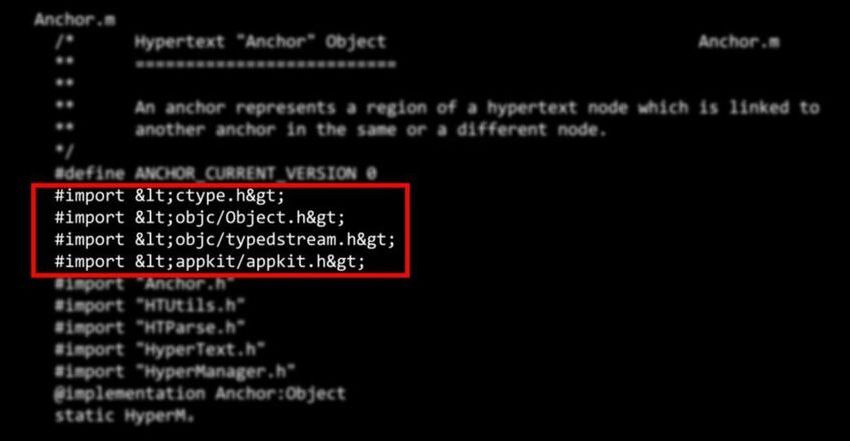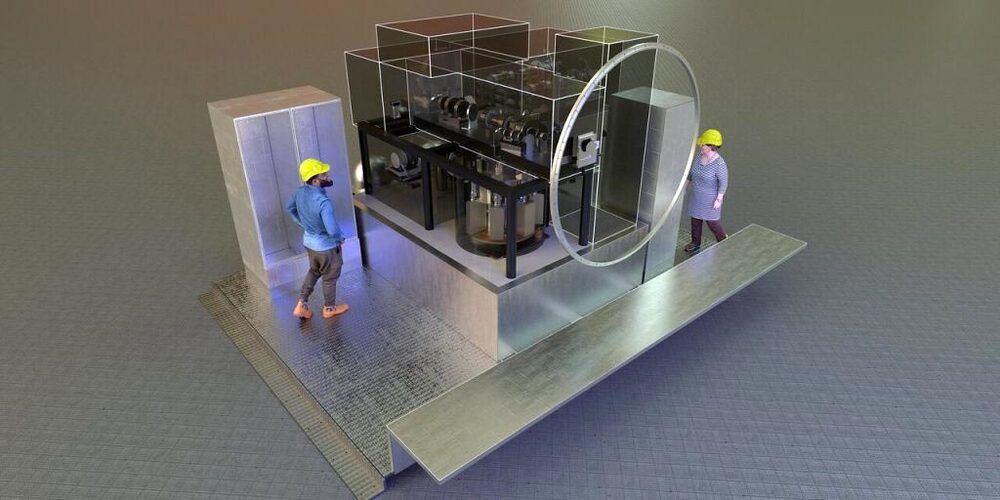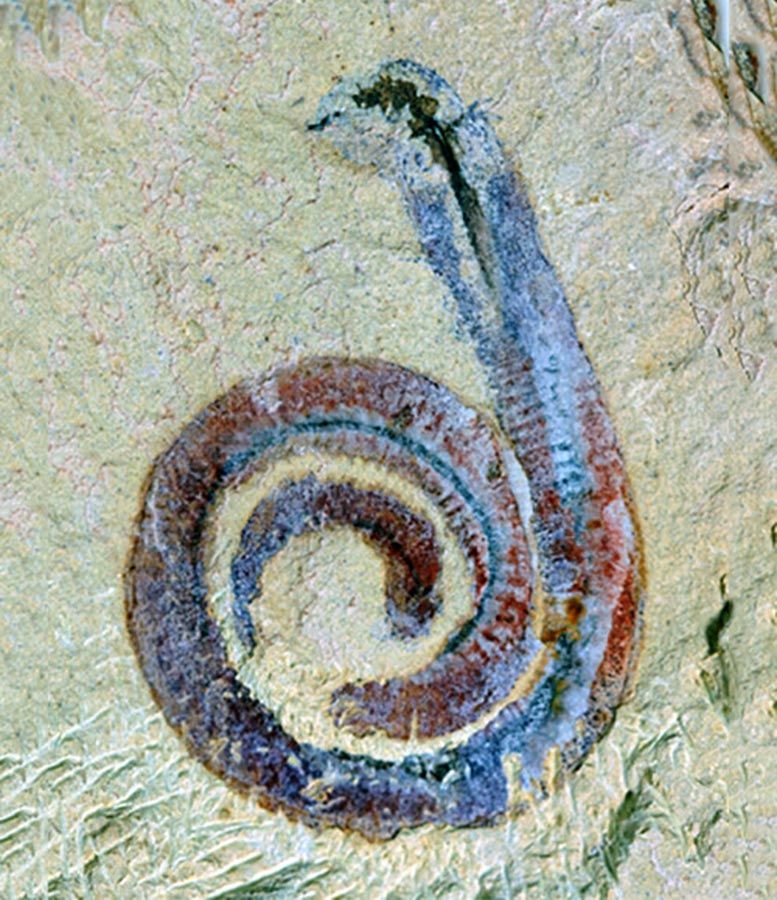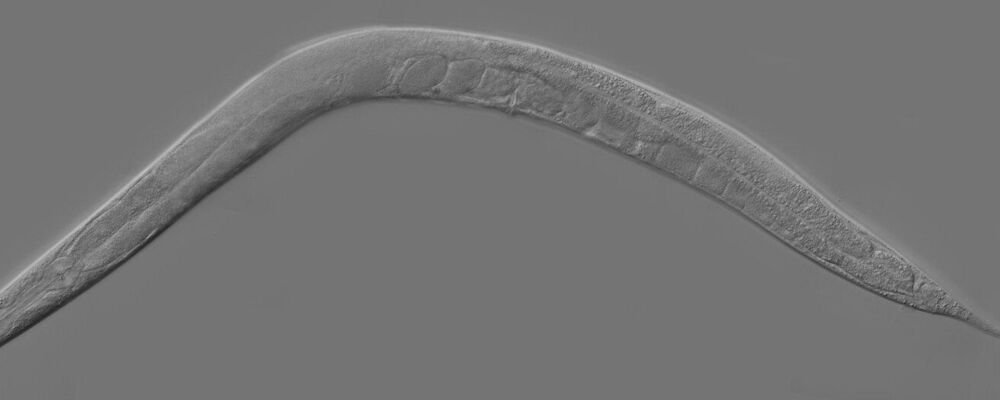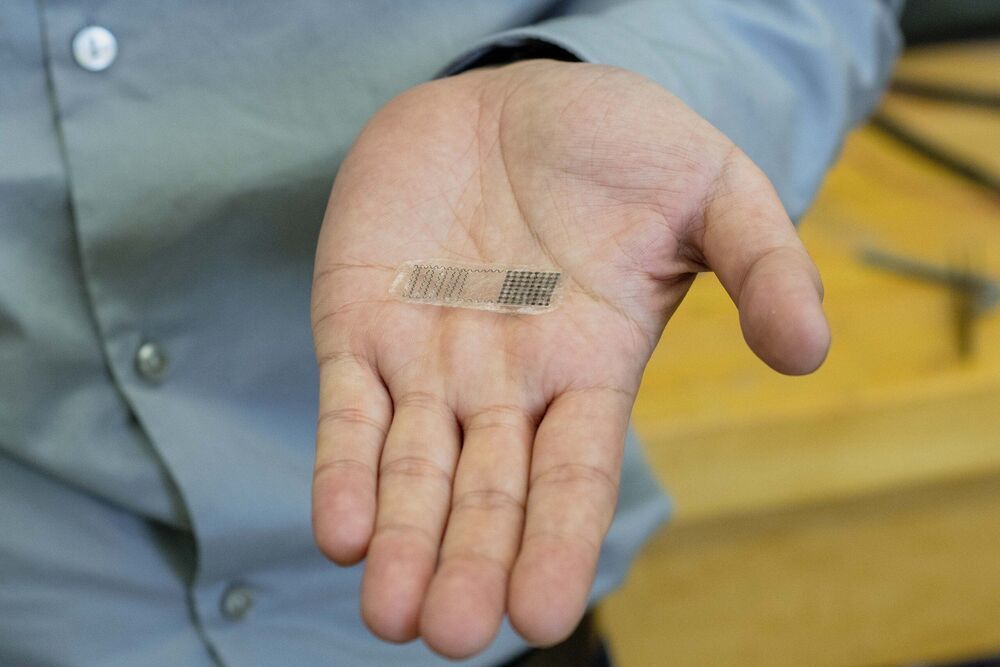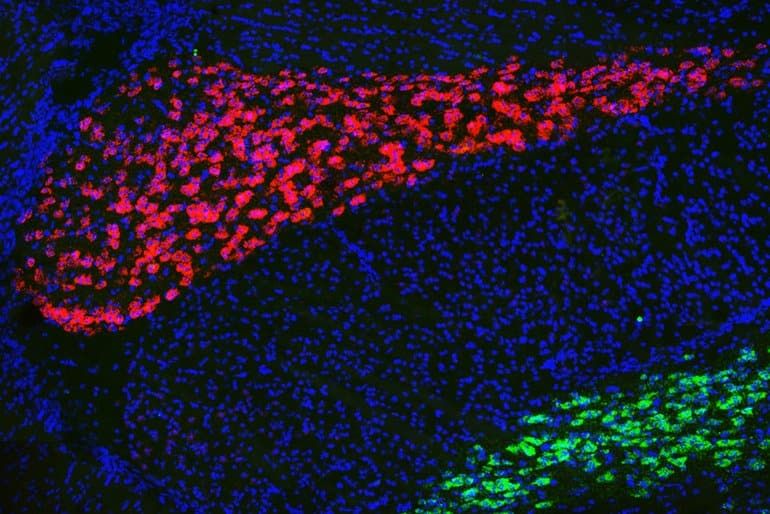Jul 6, 2021
The U.S. Military Is Testing a Pill That Could Delay Aging
Posted by Quinn Sena in categories: biotech/medical, military
😀
U.S. Special Operations Command (SOCOM), the organization that administers America’s Spec Ops forces, says it will soon start clinical trials of an “anti-aging pill” that could halt some naturally degenerative effects of aging.
“We have completed pre-clinical safety and dosing studies in anticipation of follow-on performance testing in fiscal year 2022,” Navy Commander Tim Hawkins, a SOCOM spokesperson, told Breaking Defense.
Continue reading “The U.S. Military Is Testing a Pill That Could Delay Aging” »


